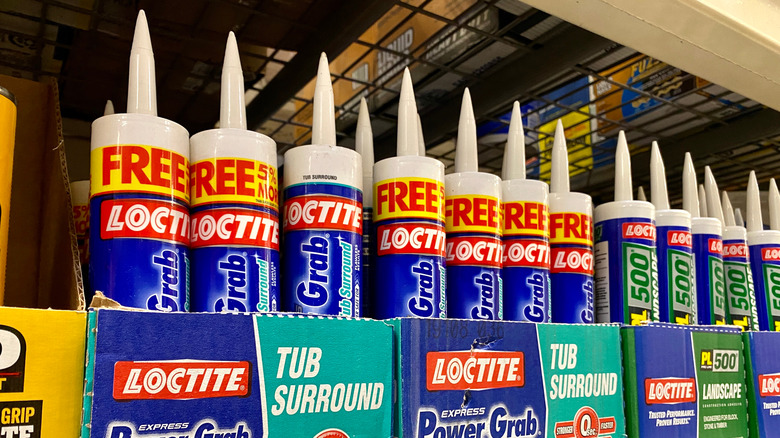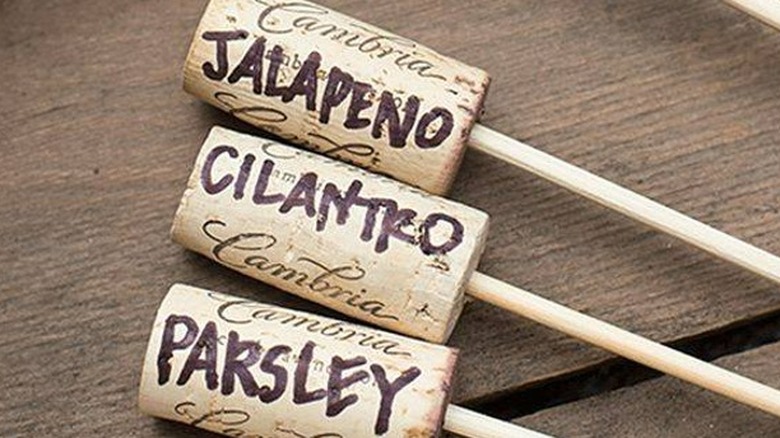Seal Your Partially Used Caulk Tubes With This Clever Wine Cork Hack
Synthetic wine corks are commonly utilized in various home DIYs, but they also serve as valuable, unexpected tools in your toolbox. That's because they're excellent for sealing partially used tubes of caulk, silicone, or other pressurized adhesive materials that need to be stored with an airtight seal should you wish to use them in the future. Unfortunately, you can't use a normal cork for this particular job. That's because natural corks are porous and won't allow a tight fit like synthetic cork does. You'll be able to tell if you have a synthetic cork by the way it feels — these corks feel smooth and almost plastic-like.
Some individuals resort to using tin foil or plastic wrap to cover the bottle tips, but these methods are unreliable and can lead to messy situations, inconvenient clogs, or even the entire tube drying up completely. Synthetic corks are a convenient, mess-free choice.
Sealing your caulking tube
Using a cork to seal your tubes of caulk is quick and easy. Here's how to do it: You'll want to drill a 5/16-inch hole that's approximately 1 inch deep within the cork. You'll need an electrical drill for this. This is the ideal width and length for properly sealing your tube. It also provides a tight seal, ensuring the contents inside will remain protected. Place the cork on top of your opened tube, and store it like normal.
In the event that you don't have any synthetic wine corks lying around, there are several other methods you can use to preserve your partially-used caulking tubes. One option is to use a golf tee, which can be inserted into the tube's end to prevent it drying out for at least a few weeks. Although the seal may not be airtight, it'll be more effective than leaving the tube exposed.
For another reliable seal, attaching a wire nut (wire connector) to the tube's end is easy and effective. They come in a range of shapes and sizes, and allow for a secure seal. Alternatively, utilizing screw-in hooks or screw-in eyelets offers a solid and airtight seal by applying caulk to the screw part of the fastener and then screwing it into the open end of the tube. To reopen it, you simply unscrew the fastener. This option is also double duty, as you can hang your tubes by the hook or eyelet opening.
Other uses for wine corks
There are plenty of other uses for wine corks around your home, so if you have a surplus, you won't be short of projects. Both synthetic and regular wine corks can be used to make garden markers. All you need is skewers, a permanent marker, and a clear matte sealant. Another handy use is to create a cork board by using hot glue, a base (for the shape), and a way to hang it, like rope. Wine corks can also be cut down and carved to make basic stamps, which are great for kids' crafts.
If you're a fan of upcycling and are looking for a quick and easy gift idea, try creating a wine bottle stopper with a drawer knob. You'll need a drawer pull with a threaded rod, a synthetic cork, and outdoor adhesive. Drill a hole in your cork that will accommodate the threaded rod, apply the adhesive to the hole, and twist the knob into it. Let the stopper thoroughly dry before use. Or, to make sanding smaller curved surfaces less challenging, wrap some sandpaper around a cork for better maneuverability.


